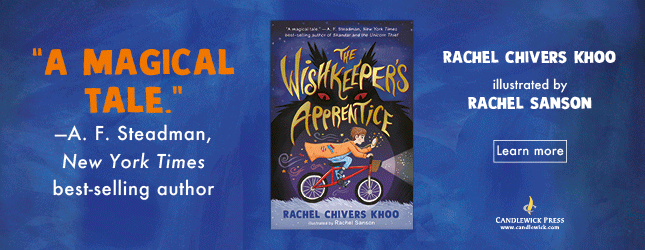Review Detail
Middle Grade Non-Fiction
298
Social Decoding
Overall rating
4.0
Writing Style
4.0
Illustrations/Photos (if applicable)
4.0
Learning Value
4.0
Utilizing plain language and a kid-friendly presentation, Growing Friendships examines and addresses a wide range of socially detrimental issues such as: isolation, bragging, oversharing, negativity, clinginess, stubbornness, possessiveness, mind-reading, overreacting, passivity, grudge-holding, and bossiness.
The book is made up of 15 chapters, and the text is regularly broken up via single-panel black-and-white comics featuring human (child) figures serving as examples of different behaviors, scenarios, and possible approaches. There are also the recurring characters of a sarcastic, self-centric cat and his affable dog friend—who act as commentators and attempted comedy relief. The artwork is simple but effective. And as it is a topical guide, there’s plenty of potential for readers to experience the different chapters and sections out of order.
This guide holds the potential to be a particularly important tool for children who may be dealing with social anxiety, transitioning to a new school, or who place somewhere on the autism spectrum. (It could also aid the parents of said children, who are looking for effective ways to impart social strategies.) The section of chapters called ‘Blending In To Join Friends’ has many tips and examples for children who struggle with social cues, or who don’t have an innate tendency to harmonize with group dynamics.
One of the most valuable aspects, to this reviewer’s mind, was the careful explanations on what does and does not constitute bullying. (Something my own children and their elementary school peers seem consistently confused over.) It is pointed out that, in order for a social situation to meet the definition of bullying—not simply a disagreement, misunderstanding, or teasing—there needs to be a power differential between the participants. Once readers are given the tools to identify true bullying, the author also offers an array of methods for constructively dealing with it.
I read this (at the rate of 1-2 chapters per night) to my somewhat socially challenged 7 and 9-year-olds—hoping they might come away with improved awareness and perhaps some better techniques for interacting with their peers. While they both listened well and responded to the chapter review questions, my 7-year-old seemed to have more trouble with grasping and retaining the concepts. So, I would have to suggest this book in its entirety be used for an 8+ audience.
The book is made up of 15 chapters, and the text is regularly broken up via single-panel black-and-white comics featuring human (child) figures serving as examples of different behaviors, scenarios, and possible approaches. There are also the recurring characters of a sarcastic, self-centric cat and his affable dog friend—who act as commentators and attempted comedy relief. The artwork is simple but effective. And as it is a topical guide, there’s plenty of potential for readers to experience the different chapters and sections out of order.
This guide holds the potential to be a particularly important tool for children who may be dealing with social anxiety, transitioning to a new school, or who place somewhere on the autism spectrum. (It could also aid the parents of said children, who are looking for effective ways to impart social strategies.) The section of chapters called ‘Blending In To Join Friends’ has many tips and examples for children who struggle with social cues, or who don’t have an innate tendency to harmonize with group dynamics.
One of the most valuable aspects, to this reviewer’s mind, was the careful explanations on what does and does not constitute bullying. (Something my own children and their elementary school peers seem consistently confused over.) It is pointed out that, in order for a social situation to meet the definition of bullying—not simply a disagreement, misunderstanding, or teasing—there needs to be a power differential between the participants. Once readers are given the tools to identify true bullying, the author also offers an array of methods for constructively dealing with it.
I read this (at the rate of 1-2 chapters per night) to my somewhat socially challenged 7 and 9-year-olds—hoping they might come away with improved awareness and perhaps some better techniques for interacting with their peers. While they both listened well and responded to the chapter review questions, my 7-year-old seemed to have more trouble with grasping and retaining the concepts. So, I would have to suggest this book in its entirety be used for an 8+ audience.
Comments
Already have an account? Log in now or Create an account



































